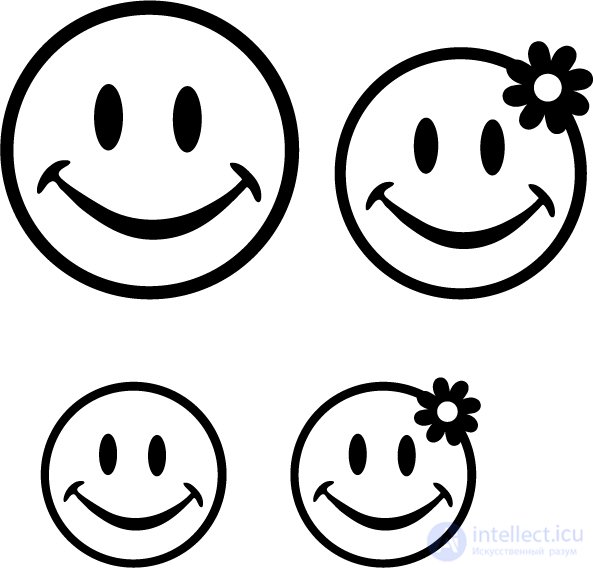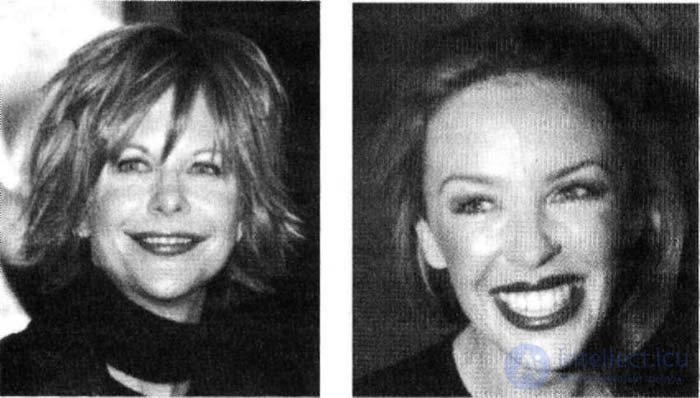Lecture

| Bob looked around and met his eyes with a pretty brunette. She smiled at him. Bob did not hesitate for a long time, crossed the room and struck up a conversation. The girl was not too talkative, but continued to smile. Bob spoke to another topic. But then his ex-girlfriend came up behind him and whispered: “Come on, Bob! She thinks you are ignorant! ”Bob was stunned. But she smiled at him! Like most men, Bob did not understand the negative meaning of a female smile with tight lips, during which his teeth are not visible. |
Grandmothers often require that, meeting new people, children make a “happy face”, smile widely, show their white teeth. Grandmothers intuitively understand that such behavior immediately causes a positive reaction from others.
The first scientific studies of the smile were conducted at the beginning of the XIX century. The French scientist, Guillaume Duchenne de Boulogne, used electrodiagnostics and electrical stimulation to determine the differences between a sincere, benevolent smile and its varieties. He examined the heads of people who died on the guillotine in order to understand the work of the facial muscles. Boulogne stretched facial muscles from different angles and compiled a special catalog of smiles. He found that smiles are associated with the action of two muscle groups: the zygomatic major , located in the side of the face and connected to the corners of the mouth, and the orbicularis oculi , associated with the eyes. The first muscle group pulls back the corners of the mouth. At the same time, teeth are exposed and cheeks are enlarged. The second group of muscles narrows the eyes and creates wrinkles "crow's feet" in their corners. Understanding the physiology of a smile is very important because the first muscle group is consciously controlled. In other words, with its help you can imitate a smile, try to look friendly and submissive. The muscles that control the position of the eyes act independently and show genuine feelings. In order to determine whether your interlocutor smiles sincerely, pay attention to the wrinkles in the corners of his eyes.
With a sincere, genuine smile wrinkles form in the corners of the eyes. Insincere people smile only with their lips. |
During a sincere, real smile, not only do the corners of the lips rise, but the muscles around the eyes also contract. Insincere, fake smile affects only lips.
Scientists can distinguish sincere smiles from false smiles using a coding system called the coding system of facial movements. This system was developed by Prof. Paul Ekman from the University of California and Dr. Wallace W. Friesen from the University of Kentucky. Sincere smiles arise unconsciously. They are automatic. When you feel pleasure, a signal arises in that part of your brain that produces emotions. This is what makes the muscles of the mouth, cheeks and eyes move. A person automatically lifts the corners of his lips, increases his cheeks, narrows his eyes and lowers his eyebrows.

Photographers usually ask clients to say the word “cheese”, as this involves the muscles that control the corners of the mouth. However, as a result, the smile is fake, and the photo looks more insincere. |
Wrinkles around the eyes can appear with a very active, insincere smile. At the same time, the cheeks are enlarged, and it seems that the eyes have narrowed and the smile is sincere. But there are always other signals that betray the insincerity of a person. With a sincere smile, the part that lies between the eyebrow and the eyelid (fold covering the eye) moves downwards, and the tips of the eyebrows drop slightly.
Comments
To leave a comment
Body language
Terms: Body language